Home is a Place That Doesn't Exist Anymore: CHRISTOPER KULENDRAN THOMAS at the Schinkel Pavillon
|Patrick McGraw
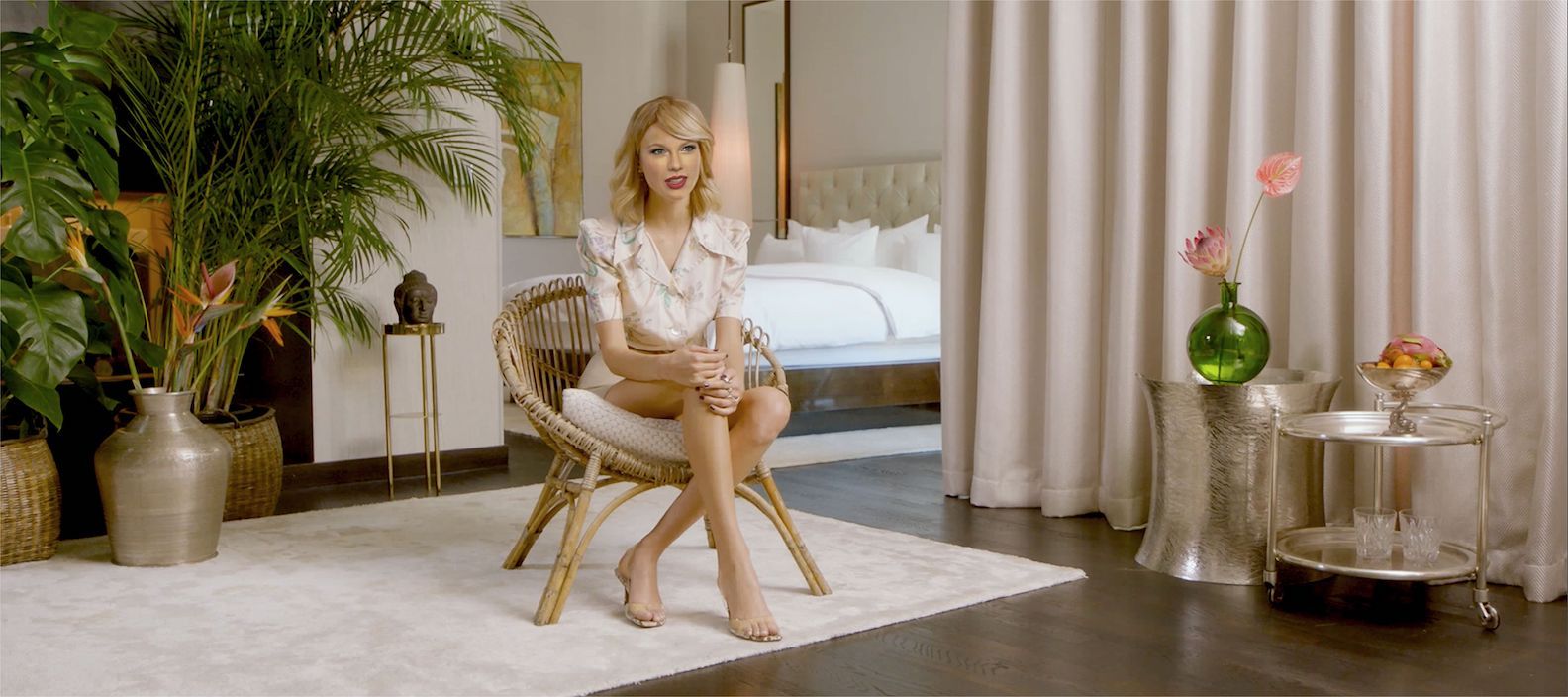
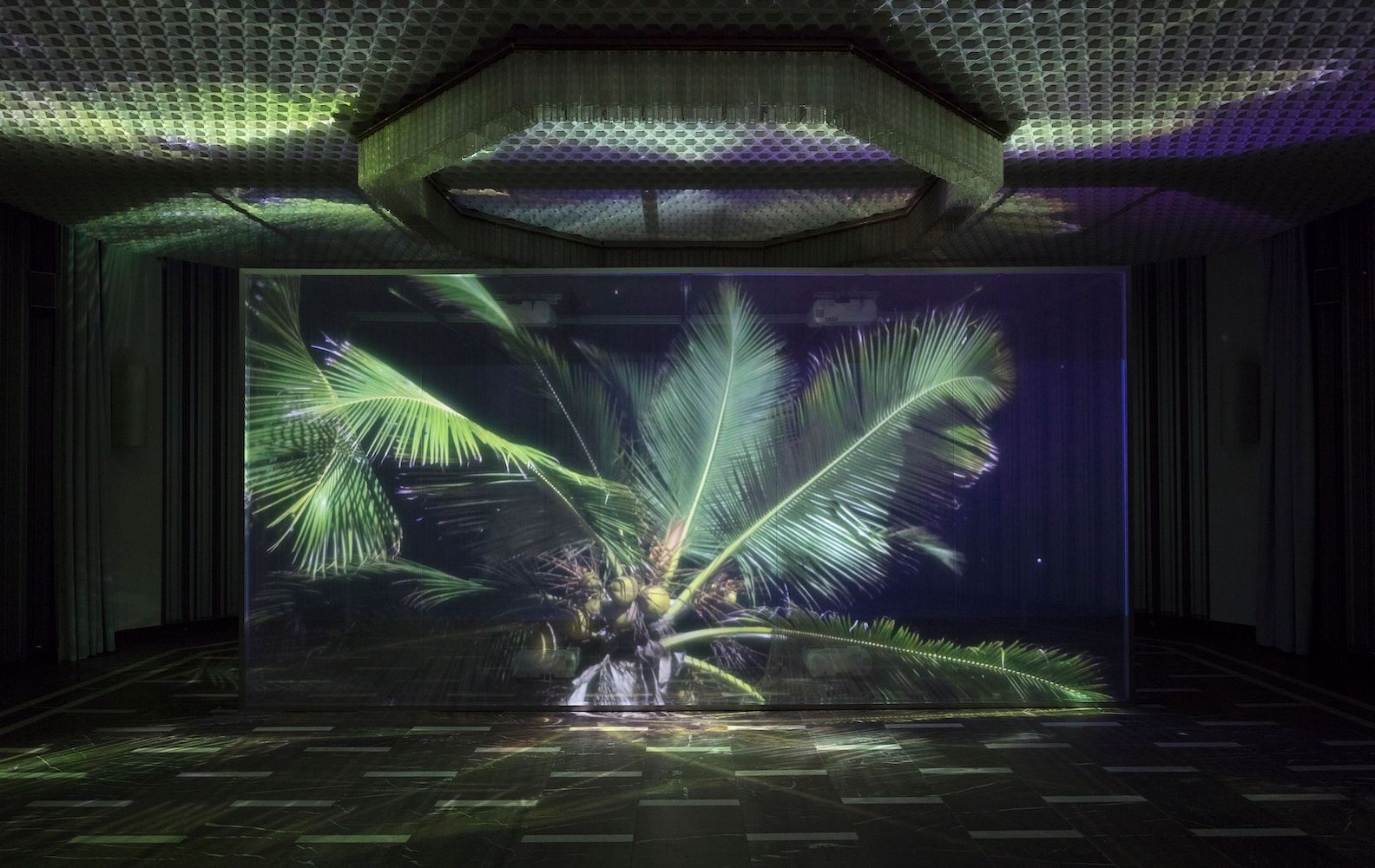
Artist Christopher Kulendran Thomas takes advantage of Swift’s malleable persona in his video Being Human (2019), made in collaboration with Annika Kuhlmann. In the video, a neural network version of Tay Tay reflects on her own authenticity and what it means to be human in a social-mediated, exponentially accelerating world. In a moment of algorithmically generated bliss, the digital Swift waxes, “Maybe simulating simulated behavior is the only way we have of being for real,” before the video bursts into a montage of footage sourced from various teen influencer feeds. For Kulendran Thomas, the basic notion of what it means to be human today is in question.
The 25-minute video is on view now as part of the show Ground Zero, which opened at the Schinkel Pavillon in Berlin on September 11th. Projected on a transparent screen stretched across the floor of the pavilion, AI-produced representations of Tay Tay and art world darling Oscar Murillo, as well as video recordings of the non-AI Sri Lankan artist Ilavenil Jayapalan, discuss social media, art, Kant, and the recent incorporation of the Sri Lankan capital Colombo into the international art market. The latter, in particular, is personal for Kulendran Thomas, whose family comes from Eelam, a region of Sri Lanka that was self-governed for over three decades and founded on neo-Marxist principles. In 2009, under the pretenses of the American-led global War on Terror, the Sri Lankan government seized control of the area and committed what is broadly considered genocide. In the midst of the bloodshed, the first white cube gallery opened in Colombo, alongside the inaugural Colombo Biennale.
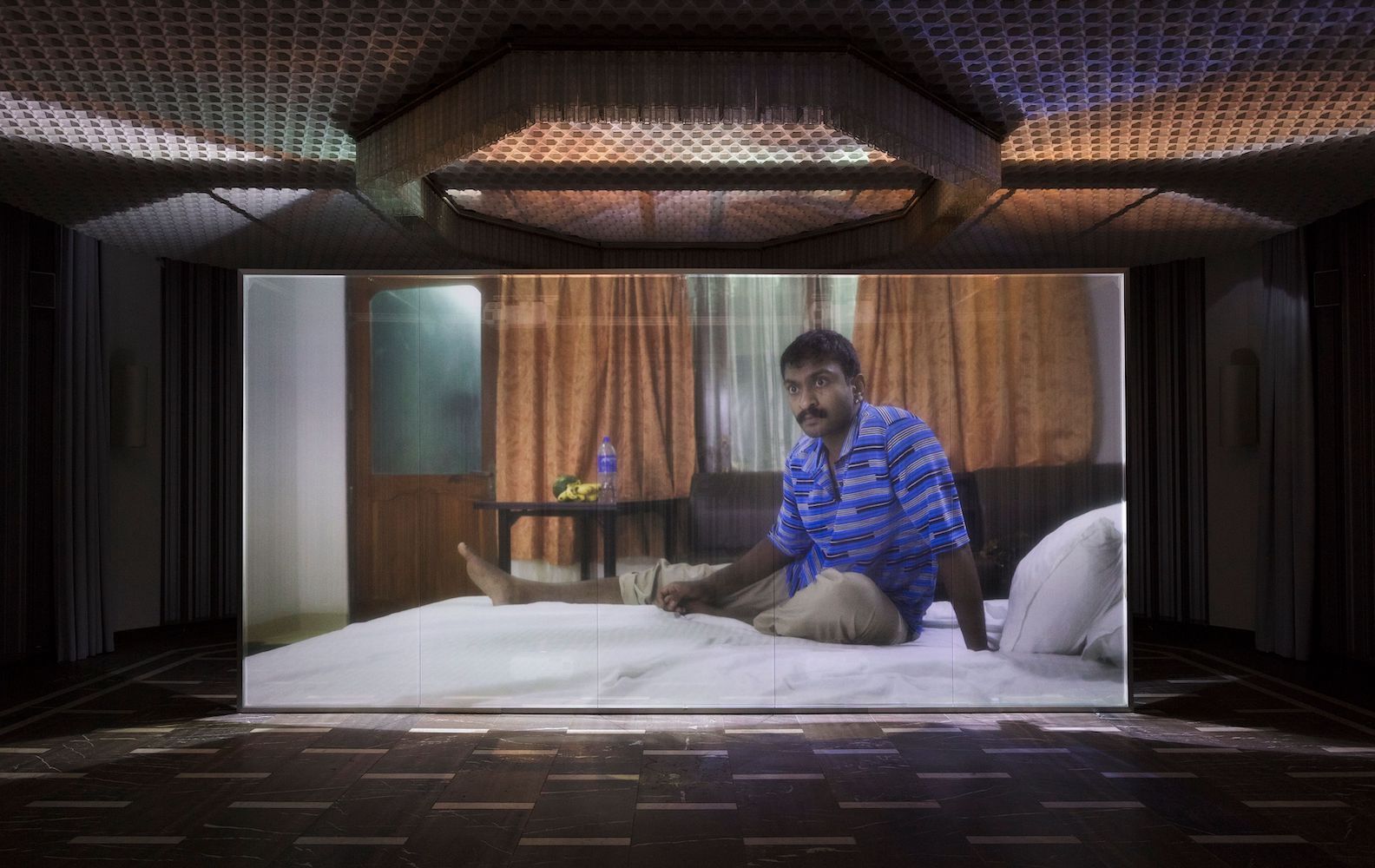
Patrick McGraw: Why do you like Taylor Swift so much?
Christopher Kulendran Thomas: Because she’s brilliant. And while pop stars in that sort of situation usually play up their role into a kind of alien-freak-cyborg, like Michael Jackson or Lady Gaga, Swift synthesizes simply being human more effectively than actual people do. Even though she isn’t. She’s an organization. It’s the same thing Obama was good at: running an organization to effectively synthesize being a regular guy.
Is Oscar Murillo the Taylor Swift of the art world?
They’re both sold as achievements on a relatable human scale, and their fans relate to them in this intensely human way. But their real achievements are more interesting to see as emergent from a network, rather than the achievements of singular self-expression or whatever. And yet Taylor Swift’s fans relate to her like she’s their best friend. That’s an extraordinary thing to be able to triangulate to such a broad fan base.
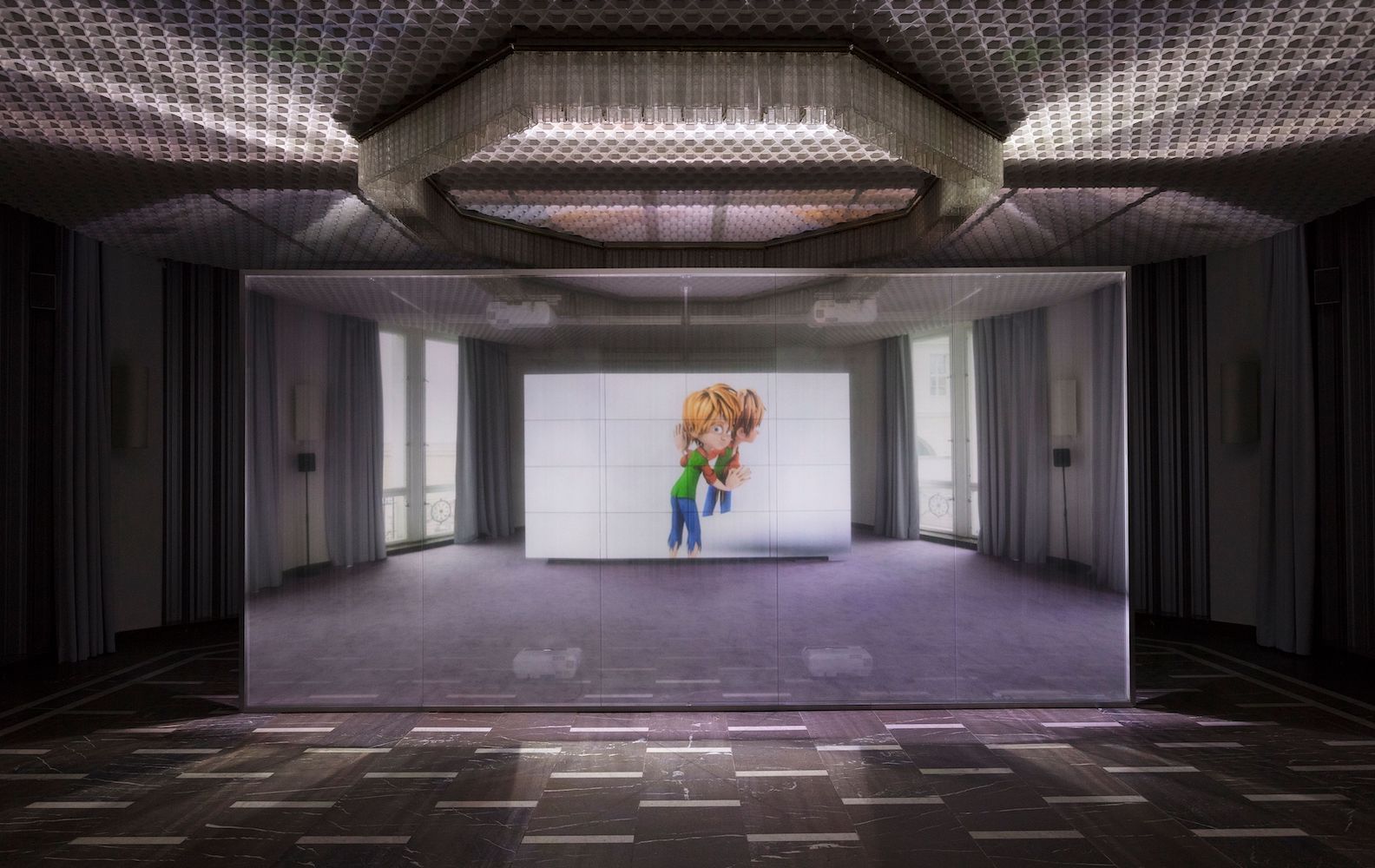
Is the art market the new face of humanness in the 21st century? As disturbing of a notion as it is, Being Human highlights the art markets increasingly large role as an exporter of values and ideals, using a now familiar template that was enacted in Sri Lanka. Take a country, give it an art fair, and see what happens. Even a genocide is meant to be cleaned up with an injection of art capital and its corresponding lingo. In this context, the art market attempts to shift the way a society envisions itself. People, and their quality of life, is no longer tied to a basic appeal of their shared humanity in the face of extinction, but rather to what they mean in relation to a commodity market.
The video leans into this idea by presenting neural networks that were trained to scrape the internet for images of Swift and Murillo and reassemble them into the recognizable visages. If the product looks and sounds real enough, is overflow digital detritus enough to form a true person? What does that mean for those of us still left in our meat-sacks back in the physical realm?
A series of paintings and sculptures by Sri Lankan artists Upali Ananda and Kingsley Gunatilake were purchased by Kulendran Thomas and installed behind the transparent screen, fashioning Ground Zero into a show within a show. The splicing of content at times gives the show a schizophrenic quality, counterposing meditations on selfhood, commentary on Sri Lanka, and euphoric rants about the state of contemporary art using familiar jargon – marketing disguised as discourse. At one point the simulated Oscar Murillo states, “Contemporary art floats above the world, like a biennial, sort of untethered and infinitely open to individual interpretation. So, in a sense, it’s a perfect cultural expression of a particular way of organizing economies around the idea of the individual.”
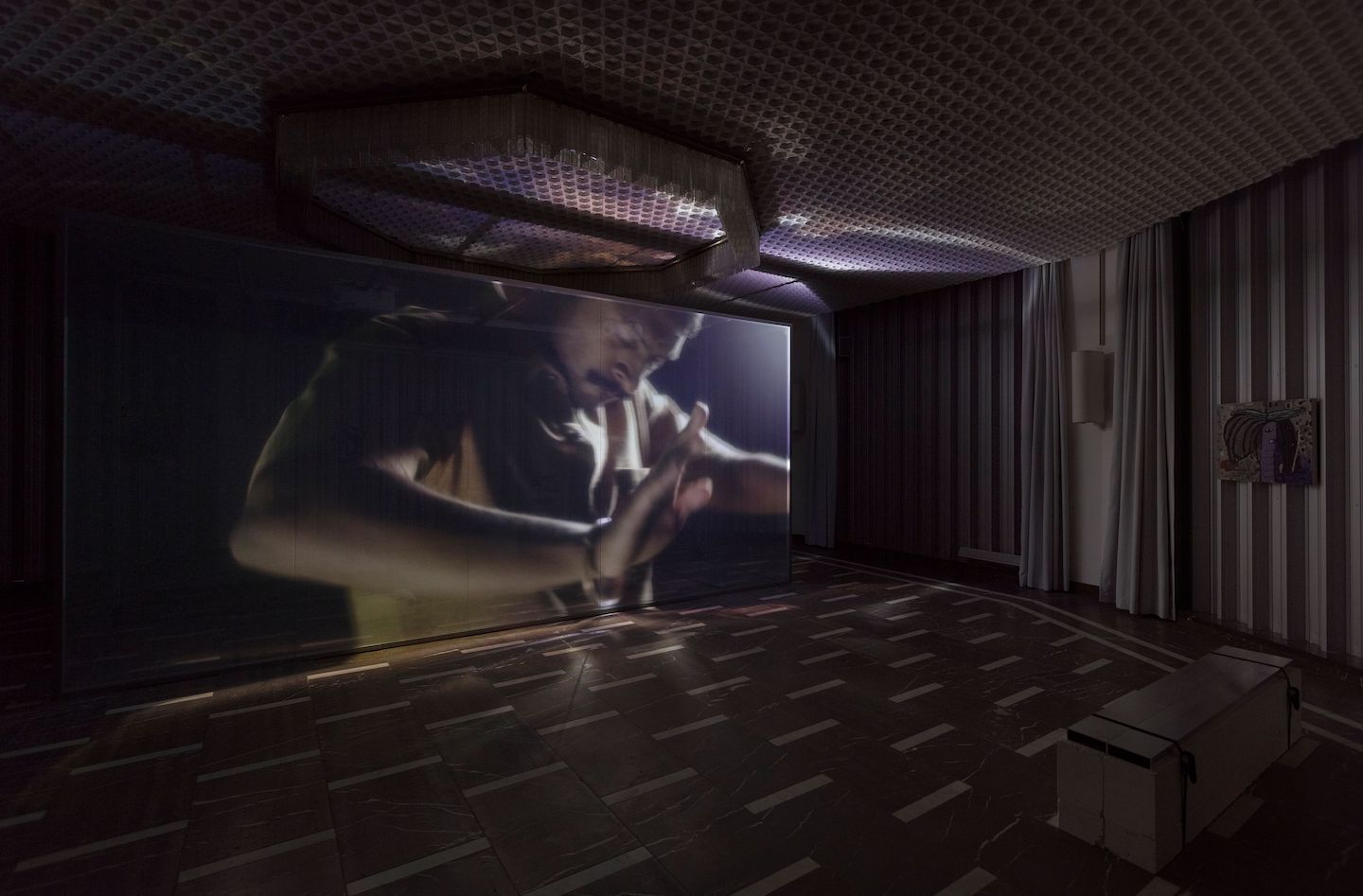
It could be argued that these outwardly visible signs of Sri Lanka’s newfound economic prosperity are continuing, economically, the ethnic cleansing that began militarily and wiped out the Tamil homeland of the Northeast.
Is that something that’s inherent in the way the art market functions?
I’m interested in the gap between what we artists say our work does and the structural processes that its circulation is involved in. I think that what art does in Sri Lanka is not at all different from what art does anywhere. Just in Sri Lanka, you have this accelerated microcosm where everything seems like it’s on fast-forward in a pretty extreme political context. So you can see that stuff more quickly.
It’s kind of exacerbated by how recent the turmoil is in the country.
Exactly. And what the contemporary in contemporary art means in Sri Lanka is maybe what it means anywhere anyway. It means it’s from the westerner’s historical canon.
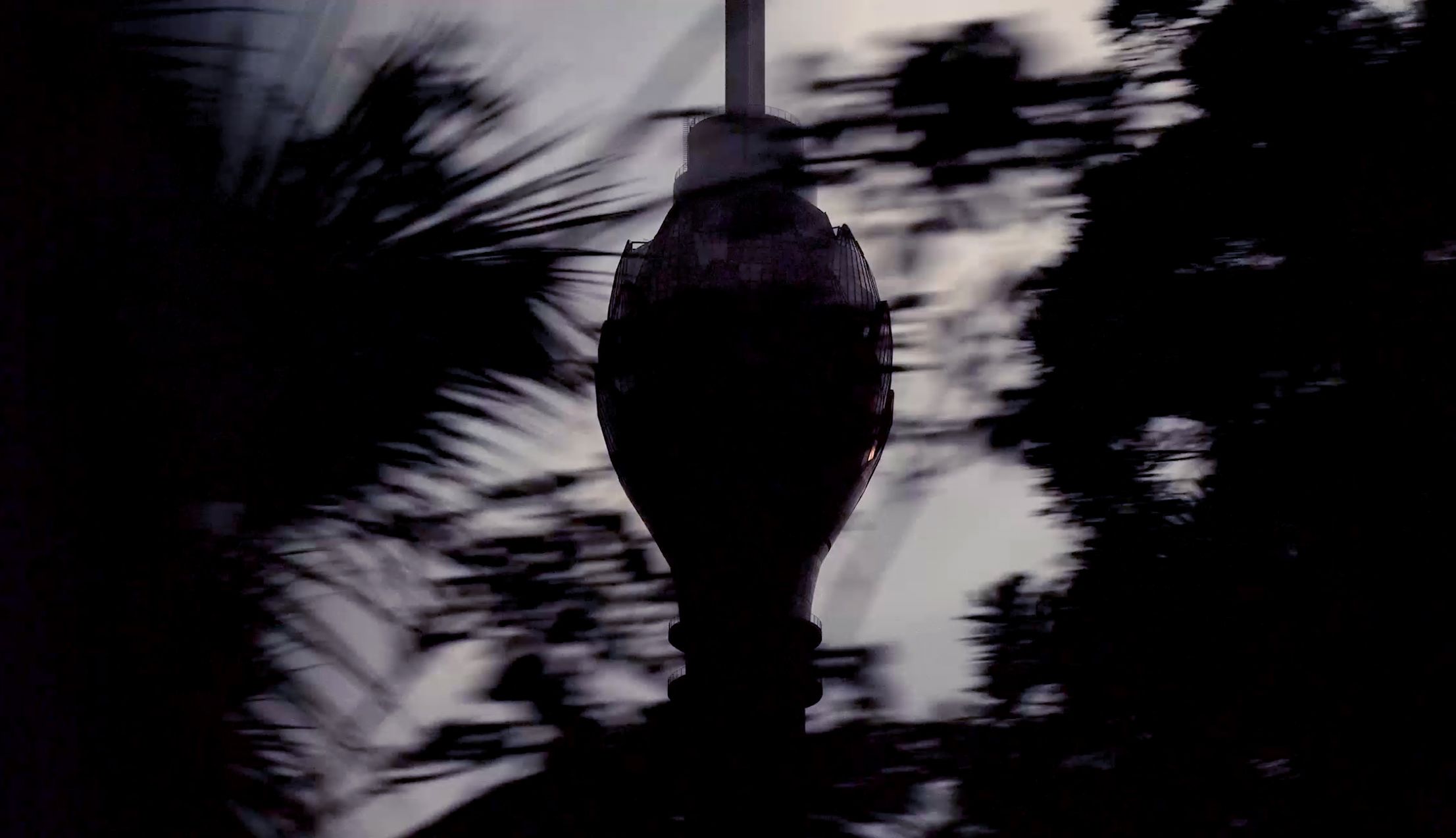
Three years ago, for the 2016 Berlin Biennale, Kulendran Thomas and Kulhmann developed a project based on similar principles to those outlined in Being Human. Titled New Eelam, it proposed designing and building a network of cooperatively-owned apartments in various cities that people can travel between and live in for a monthly fee. This January, the project was officially founded as a business and is expected to be operational next year. As its name suggests, New Eelam attempts to revive the principles of its precursor, such as collective ownership, for a contemporary context. But to do this, the project has to engage the forces it ostensibly opposes, suggesting that social revolution today must embrace late capitalist principles to succeed. But can New Eelam still be Eelam if Marxism has been replaced by capitalism?
Kulendran Thomas: Together with colleagues, we started a technology company to develop a distributed housing co-operative. It began by thinking about the role that art plays in these structural processes that transform cities around the world. What if you took these global processes that art is involved in—in terms of globalization and gentrification and prototyping new ways of living — [and] made those your artistic material?
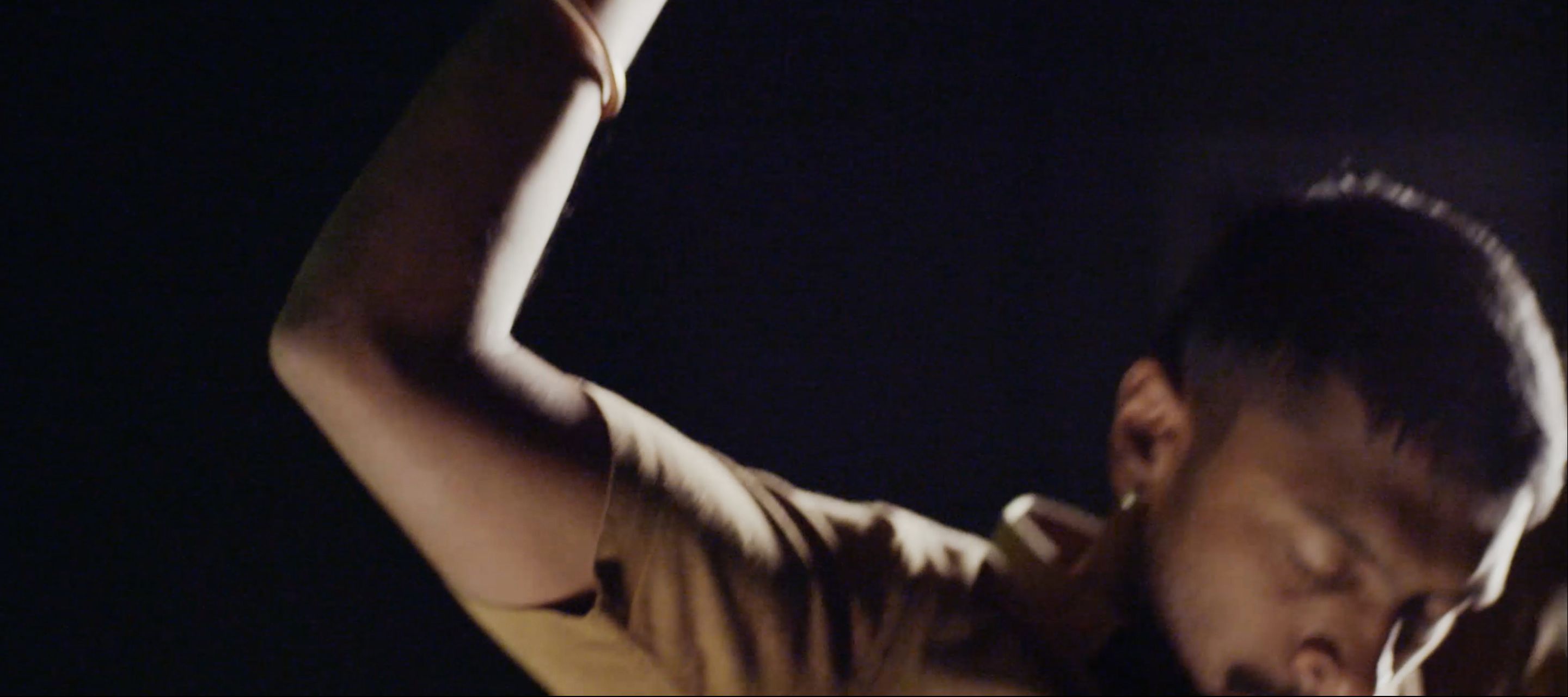
New Eelam finds itself in a crowded market of new housing ideas, most of them a downgrade from what may have been imagined as the future of housing previously. Throughout the 20th century, housing was often considered the first step in the building of a utopia. For example, Buckminister Fuller designed his Dymaxion House, a dome like structure that could be assembled by the buyer, in part so lower-income families could own a private residence. Kiyonori Kikutake’s Marine City posited multiple apartment towers sprouting upwards from the ocean, providing each resident with a private, earthquake proof residence off the coast of Japan. Even without the utopian overtones, increasing access to private ownership was understood as an index of progress in a post-WWII West.
Today, however, housing is about locating yourself in the best place possible to acquire capital — all other qualities are sacrificed towards this aim. One new company, PodShare, rents privacy-free wooden bunkbeds that are stacked on top of each other in communal warehouses in Los Angeles and San Francisco — for over a thousand US dollars a month. Meanwhile in London, architect Patrik Schumacher (heir to Zaha Hadid Architects) has stated that millennials shouldn’t need anything more to live in than “private hotel room sized central patches.” Both of these examples are symptoms of the need to be nearer to capital centers like San Francisco or London that are increasingly inhospitable to the non-rich.
PodShare and Schumacher are operating on futuristic delusions of grandeur that are equally utopian, although in a very different way. For them, a utopia is based on the reward of shared interconnectedness — a translation of early internet euphoria where people believed that digital socialism and investment capital could coexist. This utopia never showed up, and the sharing economy became a farce that allows those at the top to enjoy private ownership, while all else exist in the purgatory of renting-for-life. A couple of decades ago readers of Wired and Neal Stephenson novels might have imagined housing as taking place in some sort of post-private ownership yet infinitely personalizable computer simulation free-space. This is what we’ve got instead: wooden boxes in Downtown LA.
This downgrading of utopia (and often reality alongside it) is a product of the same process that the art market employs, redefining the qualities that serve as a measure of human experience. If you can change a person’s idea of space, a box doesn’t seem so bad, and if you invert their idea of ownership, then paying rent for your entire life not only seems justifiable, but natural. Although New Eelam plays into this narrative to the extent of offering rented apartments for professionals in major cities across the globe, Kulendran Thomas still hopes to be able to use housing as a springboard for a better future. But it begs the question: is the collective ownership and Airbnb-esque propositions of New Eelam just a way of making the deletion of ownership look a bit better?
Kulendran Thomas: New Eelam is an experiment to see if it might be possible to grow a different kind of economic model out of the existing economic system, rather than in opposition to it. This is a different strategy than the one that was attempted by my parent’s generation with Eelam. They attempted to resist an incumbent system by force in order to achieve self-governance. But the thought experiment behind New Eelam is to ask what that idea of a self-governed state could be if it was imagined as a distributed network rather than a territory.
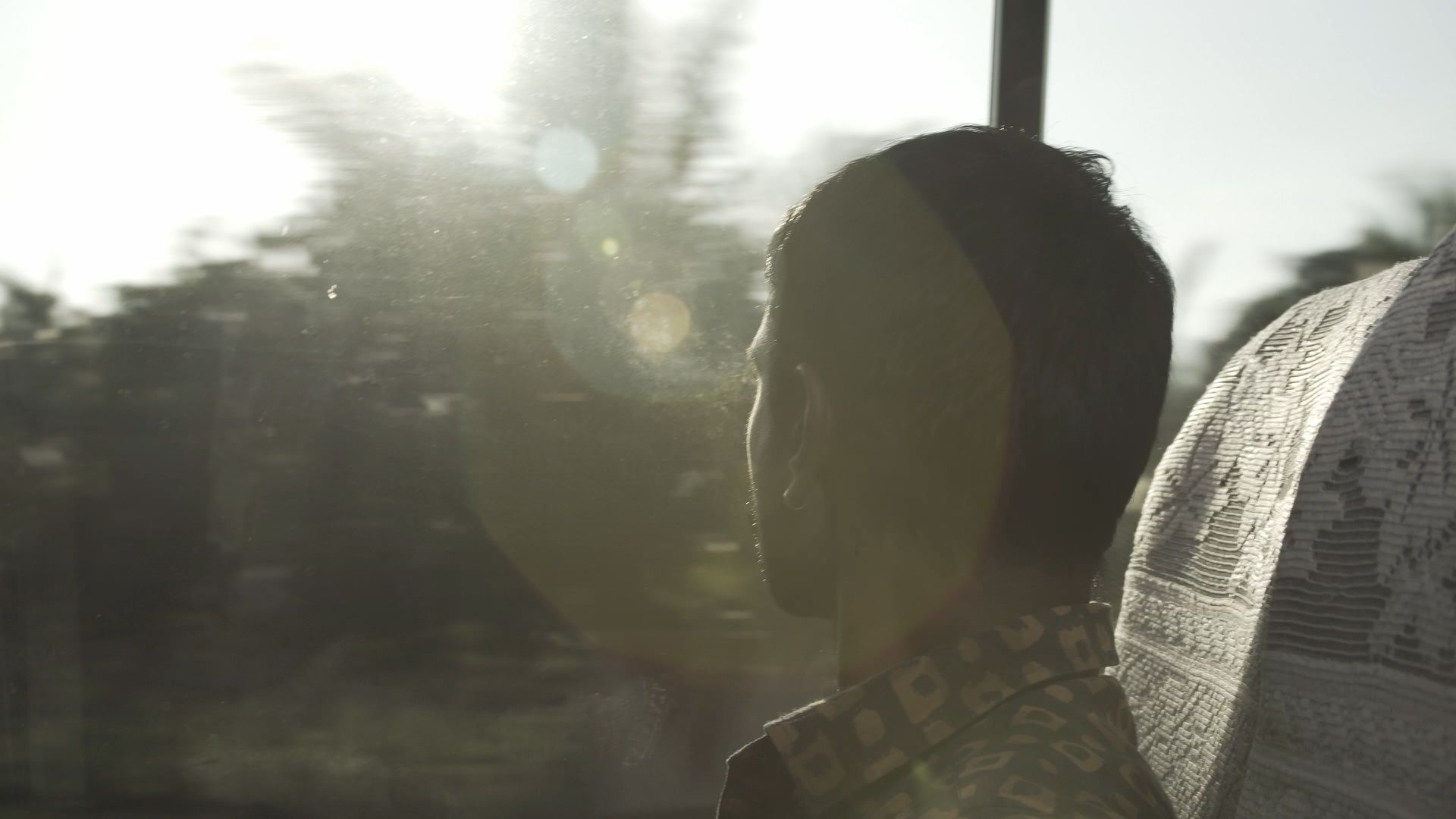
Back in Berlin at the Schinkel Pavillon, Taylor Swift has taken center stage. Generated in a real hotel room with synth sounds bobbing around her, she leans against a real wooden table and speaks through a rendered smile, “Everybody demands authenticity, and every artist believes that they are for real. I mean, I believe that I’m genuine in what I’m doing. But that’s the paradox. Because so does everyone else.” And that’s the key: belief — in spite of the booms, busts, or hypocrisy. Technology and art, like a new faith, requires belief above all else. And with that belief, your digital Tay Tay really can be a Marxist, a white nationalist, an organization, or a human.
Ground Zero is on view at the Schinkel Pavillon until December 15, 2019.
Credits
- Text: Patrick McGraw
- Photography: Andrea Rossetti
